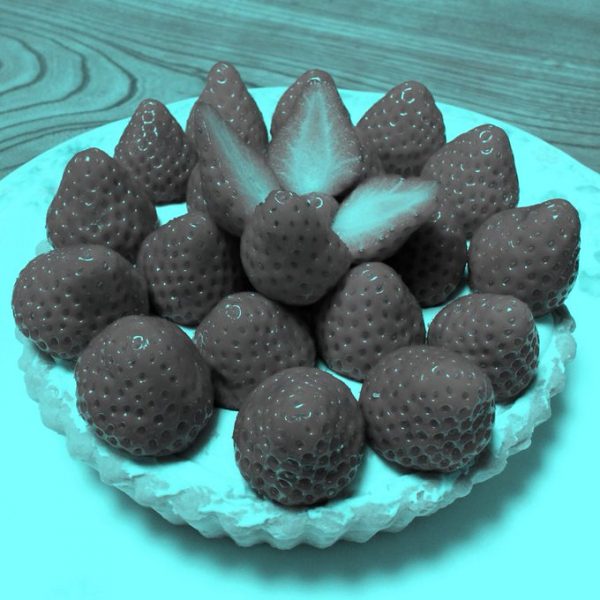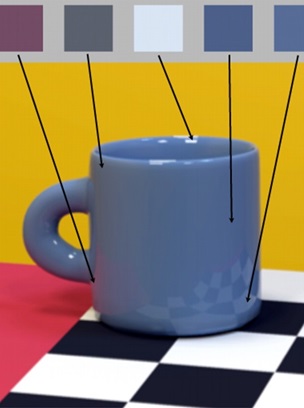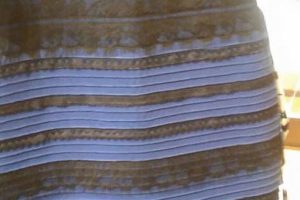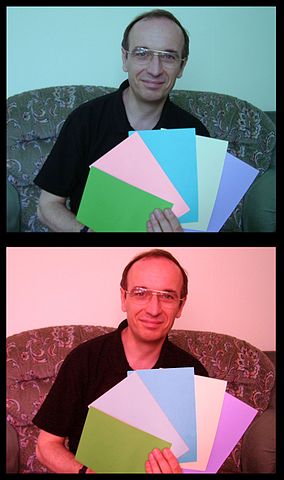optical illusions with Tag: Color Constancy

Source/credit: bill-o-more
We live in a fantasy world, a world of illusion. The great task in life is to find reality.
~ Iris Murdoch
The term color constancy refers to our ability to perceive stable surface colors despite changes in illumination. This is how we identify objects. For example, strawberries will look red to us in the bright light, in the dark, or under a blue lamp.
When we see a blue mug, we interpret many different colors as blue. The different hues give it a cylindrical shape. We understand the texture of the mug because a reflection of the surrounding colors tells us about the smoothness.

In daily life, we do not notice that this image displays all these different colors. We simply see a blue mug.
Artists, however, learn how to work with color constancy. With persistence and practice, they learn to see that shadows not simply look gray, and a yellow banana is not the same color yellow from one end to the other.
How Color Constancy goes wrong and creates illusions
1. Loss of context
Sometimes, when an image is a close-up of an object and the surrounding information is missing, we see the colors of the image. Our brains do not interpret the information.
In the image of the mug, if we zoom in onto the bottom left side of the mug, we will just see the purple color. It will have no meaning at all.
A loss of context is what happened with accidental optical illusions of ‘The Dress’.

Without any surrounding information, we cannot interpret the image and see the black and blue dress. Instead, we pick up the actual colors in the image; white and gold.
2. Lighting conditions
Obviously, it is hard to see true colors in the dark. But overexposure also causes confusion. It makes the colors shift and removes texture.

3. Interpreting a different hue as a separate object
Color constancy works well with shadows, and we generally recognize a cast shadow as such. However, sometimes we misinterpret a shadow as a separate object.

Here are images from our collection of accidental cases of color constancy gone wrong.
Click on the images to see the larger version and read the explanation of the optical illusion and the source/credit of the image.